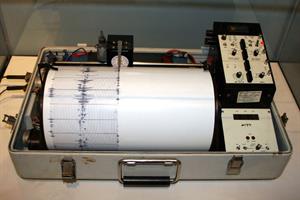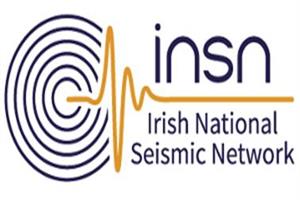Earthquakes are sudden tremors or vibrations
that occur in the Earth’s crust. When tectonic plates are colliding or trying
to slide past each other there is a build-up of pressure between the two plates
in the Earth’s crust along what is called a fault line. This pressure is then
suddenly released when the plates move at the fault line and cause a violent
shaking of the earth’s surface in the form of an earthquake.
FocusThe point within the earth’s crust where the
earthquake begins is called the focus. The focus can be tens of kilometres deep
and it emits powerful shockwaves or tremors that shake the earth’s crust. As
the shockwaves travel through the earth’s crust they spread out and become less
powerful in much the same way as ripples in a pool spread out after a stone is
thrown into the water.
EpicentreThe point on the earth’s surface directly
above the focus is called the epicentre. The epicentre suffers the most
powerful shockwaves and damage from an earthquake. Aftershocks are smaller
tremors that occur after the main earthquake and can often cause weakened
buildings to collapse.
Seismology | Seismology is the scientific study of earthquakes. The 'father of seismology' was an Irishman from Dublin called Robert Mallet. He carried out scientific studies on seismology in the mid 1800's using dynamite on Killiney Beach and is credited with inventing the words seismology and epicentre. Seismographs are instruments that are used for measuring the exact strength of an earthquake. For more on Robert Mallet, see the Dublin Institute for Advanced Studies website. |
Richter Scale
The Richter Scale is used to show the strength
of an earthquake and ranges from 1 to 12. Each unit on the Richter Scale is ten
times more powerful than the previous one so an earthquake measuring 7 on the
Richter Scale in ten times more powerful than one measuring 6. For more on earthquakes and real time monitoring see the Geofon Global Map.
Irish National Seismic Network
 | Dublin Institute for Advanced Studies operates and maintains the Irish National Seismic Network; a network of seismometers installed across Ireland to detect earthquakes. Geological Survey Ireland in partnership with DIAS both invested to support and expand the network for more stations, greater coverage and more accurate recording of earthquakes in Ireland. See the latest earthquake recorded in Ireland here. |